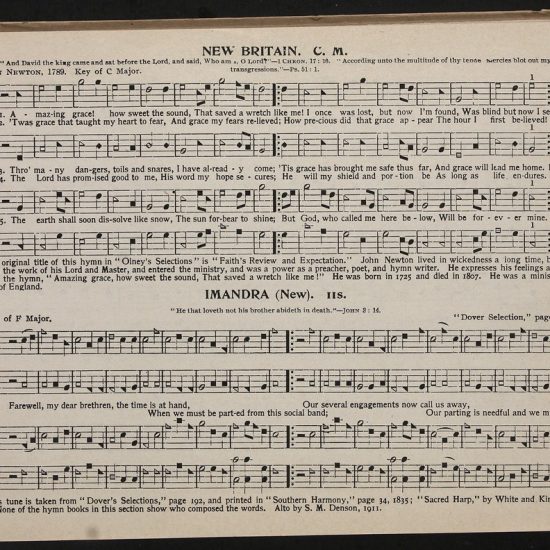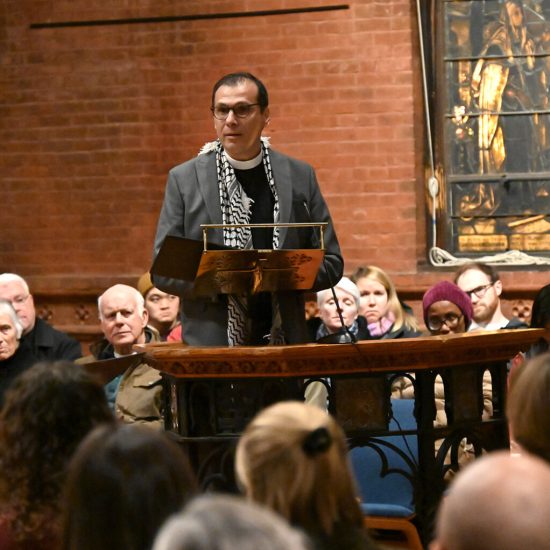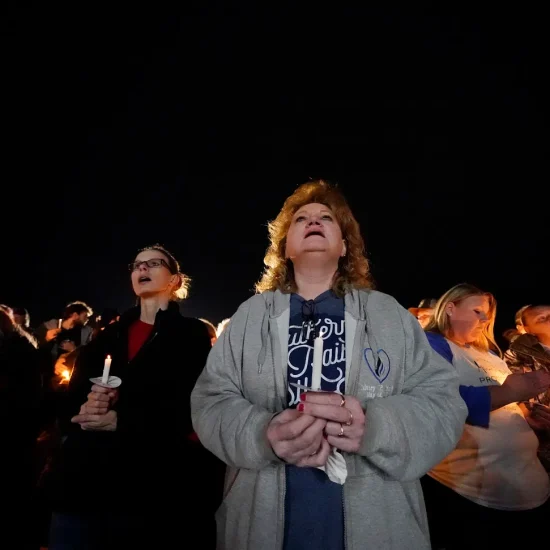NASHVILLE, Tenn.—Christmas music is nearly inescapable this time of the year, and most Americans enjoy it.
According to a recent study by LifeWay Research, 70 percent of Americans enjoy hearing Christmas songs in December, and 86 percent of people believe school choirs and bands should be allowed to perform religious Christmas music.
However, in the November 2012 online survey of 1,191 Americans, one in five Americans (21 percent) said the prevalence of Christmas music in December is “overdone,” while seven percent find it “annoying.”
LifeWay Research director Scott McConnell was impressed by the results considering how ubiquitous Christmas music is this time of year.
“When seemingly everyone does something, it is sure to grate on someone’s nerves. But ten times as many people find Christmas music everywhere enjoyable than find it annoying,” he said.
For those who enjoy Christmas music, religious identification and regular attendance at religious services were defining characteristics.
More than eight in 10 (83 percent) Americans who consider themselves to be a born-again, evangelical or fundamentalist Christian say they find the prevalence of Christmas music enjoyable compared to 59 percent of those who “never” attend religious services.
When it comes to which type of Christmas music Americans prefer, two-thirds (67 percent) say they enjoy listening to “both secular and religious Christmas songs.” Eleven percent enjoy only “secular Christmas songs,” as opposed to 6 percent who say they enjoy hearing songs only of a “religious” nature. One in 10 Americans say they prefer not to hear any Christmas music.
Demographically, secular Christmas songs are more popular among Americans age 18-29 and those who never attend religious worship services. Twenty-two percent of 18- to 29-year-olds are most likely to say they enjoy secular Christmas songs and the least likely (50 percent) of all age groups to say they enjoy both secular and religious Christmas songs.
Americans who never attend religious services are least likely (45 percent) to enjoy both types of songs. Nineteen percent in this subgroup say they only enjoy secular Christmas songs in December.
Americans 65 and older (81 percent) are the most likely to say they enjoy both types of Christmas songs. Seventy-six percent of Americans who self-identified as born-again, evangelical or fundamentalist also say they enjoy both types.
Secular traditions and religious observance often overlap for Americans at Christmas, McConnell said, but they appear to be “comfortable with this blend when it comes to Christmas music. Many Christmas songs have long histories and are entrenched in December traditions.”
One of the times the two types of music come together is during performances by public school choirs and bands. A large majority of Americans (86 percent) agree public school choirs and bands should be allowed to perform religious Christmas music.
Only 9 percent say religious Christmas music should not be performed by public school choirs and bands, and 6 percent said they don’t know.
Americans from the South (65 percent) are more likely to say religious Christmas music should be allowed as compared to those in the West (57 percent).
Weekly attendees to religious services (76 percent) and Americans who call themselves a born-again, evangelical or fundamentalist Christian (88 percent) are also more likely to strongly agree that religious Christmas music should be allowed.
Age plays a factor with nearly three out of four Americans 55 years and over strongly agreeing as compared to 60 percent of those 30-44.
The survey also shows men are less likely than women to strongly agree (57 percent to 66 percent).
The survey, conducted Nov. 14-16, sampled an online panel representing the adult population of the United States. Responses were weighted by region, age, ethnicity, gender, and education to reflect the population. The completed sample of 1,191 surveys provides a 95 percent confidence that the sampling error does not exceed plus or minus 2.9 percent. Margins of error are higher in subgroups.






